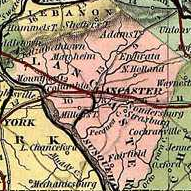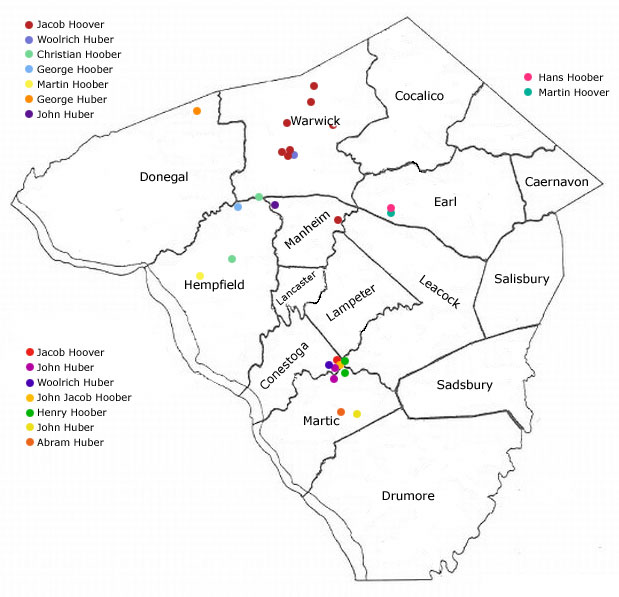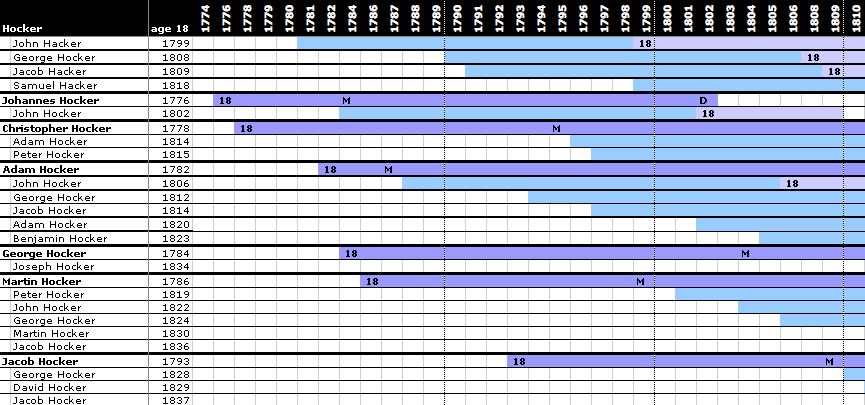Lancaster Deed Book Index
I’ve written about how much I love deeds—and the great information you can find in them—and I’ve written about how great it is to find the Lancaster County Deed books viewable online. One thing that’s not so great is not having a deed index online, too.
I’m working on changing that! I’ve been going through the books and creating an index that I hope to share through my site. It started out containing the information found in the Grantor and Grantee indices that were created in book form—the standard grantor information, grantee information, book, volume, page number, deed date, date recorded, and location or type of record (mortgage, quitclaim, etc.) All the necessary information to find the deed you’re looking for.
But then I started thinking about what would be included in my ideal index. Here are some of the ideas I came up with:
- Image Frame Number
- The page number and frame number don’t correspond—and can be quite off—and the page numbers can sometimes be impossible to read.
- Grantor/Grantee Location
- Sometimes it’s hard to distinguish between multiple men of the same name without a residence or occupation.
- Spouse Name
- For land sales, sometimes the wife is named. This also helps to identify the grantor among men of the same name.
- Neighbors
- Often deeds refer to the owners of adjoining property. This might help to locate an individual where others records don’t exist or can’t be found.
- Others Named
- There are also other people associated with a deed: witnesses, previous owners, family members when a deed is part of an estate settlement, etc. This may help to locate people who otherwise wouldn’t be found, especially where an earlier deed wasn’t recorded.
What would you like to see in your ideal deed index? Drop me a line or leave a comment and let me know. You just might see it in the final product!





